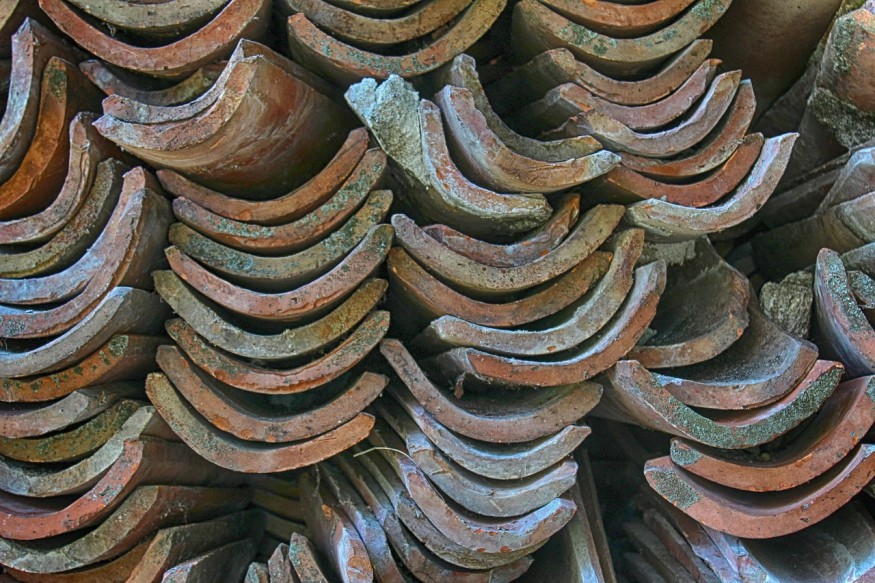A collection of aged ceramic roof tiles discovered in a Jerusalem national park could be connected to Hanukkah's history. The Israel Antiquities Authority revealed in a Facebook post about the find during City of David National Park excavations outside the Old City's walls.

Ancient Tiles Hint at Acra Fortress: Unveiling Hellenistic History in Jerusalem
Researchers believe these unique tiles may originate from the elusive Acra, a colossal fortress constructed in Jerusalem by the Seleucid Emperor Antiochus IV, also known as Antiochus Epiphanes. This fortress was a key element of Antiochus' campaign to suppress rebellion in the region against the Greek Seleucid regime during the late second century B.C.E.
If proven to be from the Acra, these tiles provide rare archaeological evidence of the Greek Seleucid presence in Jerusalem, previously known only through historical texts.
Researchers from the Israel Antiquities Authority and Tel Aviv University, along with Efrat Bocher from Bar-Ilan University, conducted the excavations in the City of David National Park, situated near the Old City walls. The roofing tiles, created using a technique previously unknown in Hellenistic Judea, stand as the oldest ceramic tiles discovered in this region to date.
Unearthed during excavations at the Givati parking lot site, now known as the City of David National Park, the 16 tile fragments offer a glimpse into the historical context of Hellenistic Judea. Funded by the City of David Foundation, the excavations have shed light on an era previously known only through historical sources.
The upcoming exhibition of these tiles, scheduled for December 11 at the IAA Conference "In Those Days At This Time: The Hasmoneans are Coming," marks a significant step in understanding the Acra's potential location. While the researchers suggest a plausible connection between the tiles and the Acra, definitive proof awaits further investigation.
Oldest Hanukkah-Linked Tiles
The recently unearthed roofing tiles, dating back to the reign of the Hellenistic king in the Hanukkah narrative, mark the oldest of their kind found in Israel. They affirm historical events like Antiochus IV Epiphanes' invasion, temple defilement, and the Maccabean Revolt, integral to the Hanukkah commemoration.
Previously lacking material evidence of Seleucid Greek influence in Jerusalem during this era, the discovery in the City of David provides tangible links to the events of Hanukkah.
Filip Vukosavović, an archaeologist with the IAA involved in the excavation, emphasized the significance, expressing excitement about encountering the Seleucid ruler Antiochus IV through these roof tiles nearly 2,200 years after Hanukkah.
The tiles, considered foreign building materials due to their rarity and susceptibility to the elements, were employed in constructing a fortress as part of the Greek king's invasion.
Researchers highlight the novelty of tiles in the region during that period, indicating the introduction of foreign construction techniques from Greek-controlled areas. More so, the excavation team marvels at the profound impact of this small discovery, drawing parallels to the significance of the Maccabees in history.
RELATED ARTICLE: Israeli Archaeologists Claim Biblical Fire in Jerusalem 2,500 Years Ago Was 'Deliberate Destruction' [Study]
Check out more news and information on Archaeology in Science Times.
© 2025 ScienceTimes.com All rights reserved. Do not reproduce without permission. The window to the world of Science Times.











